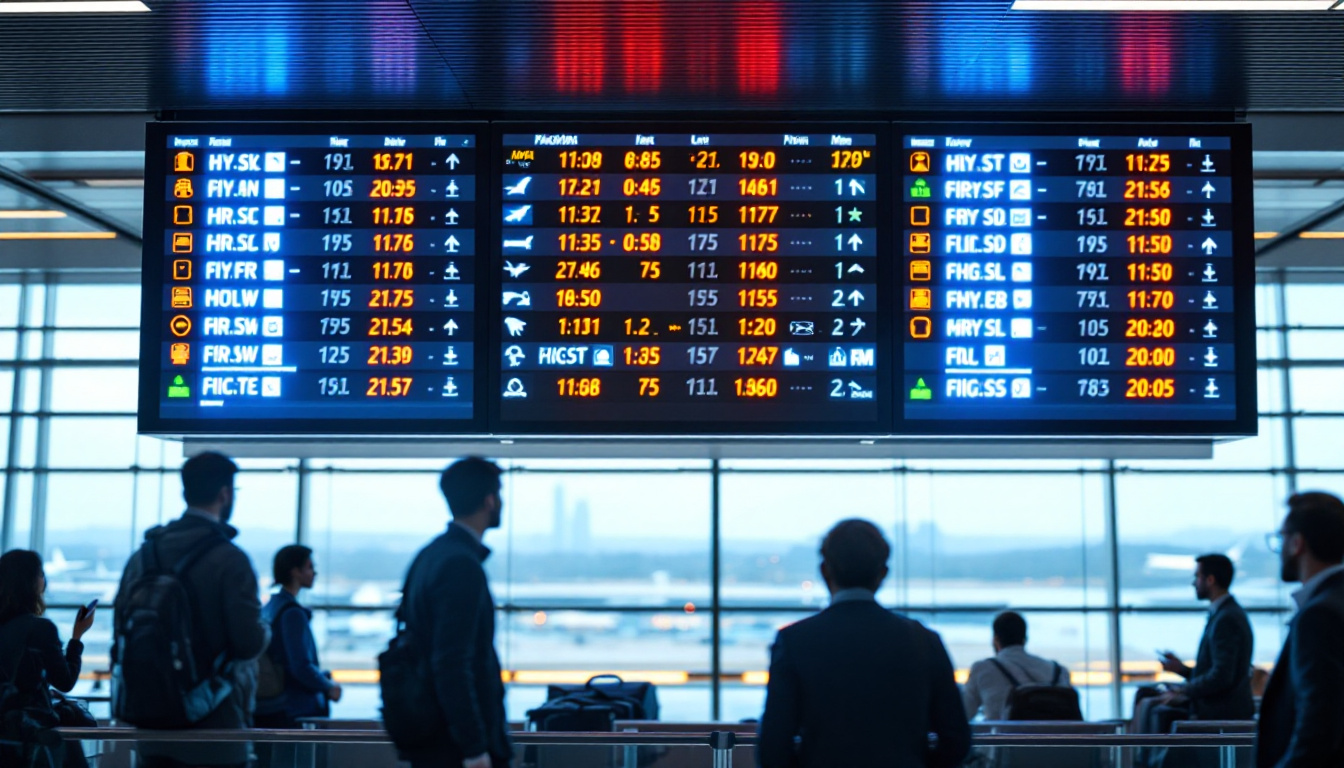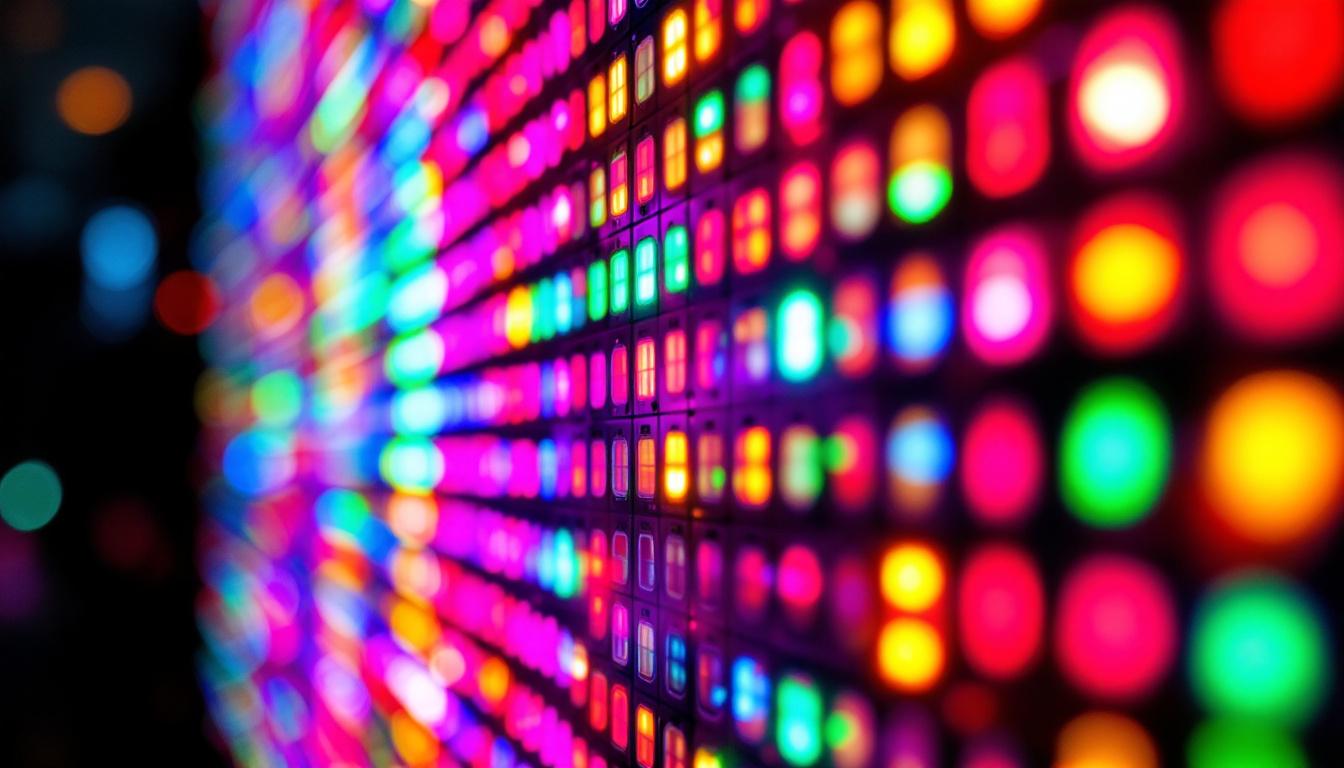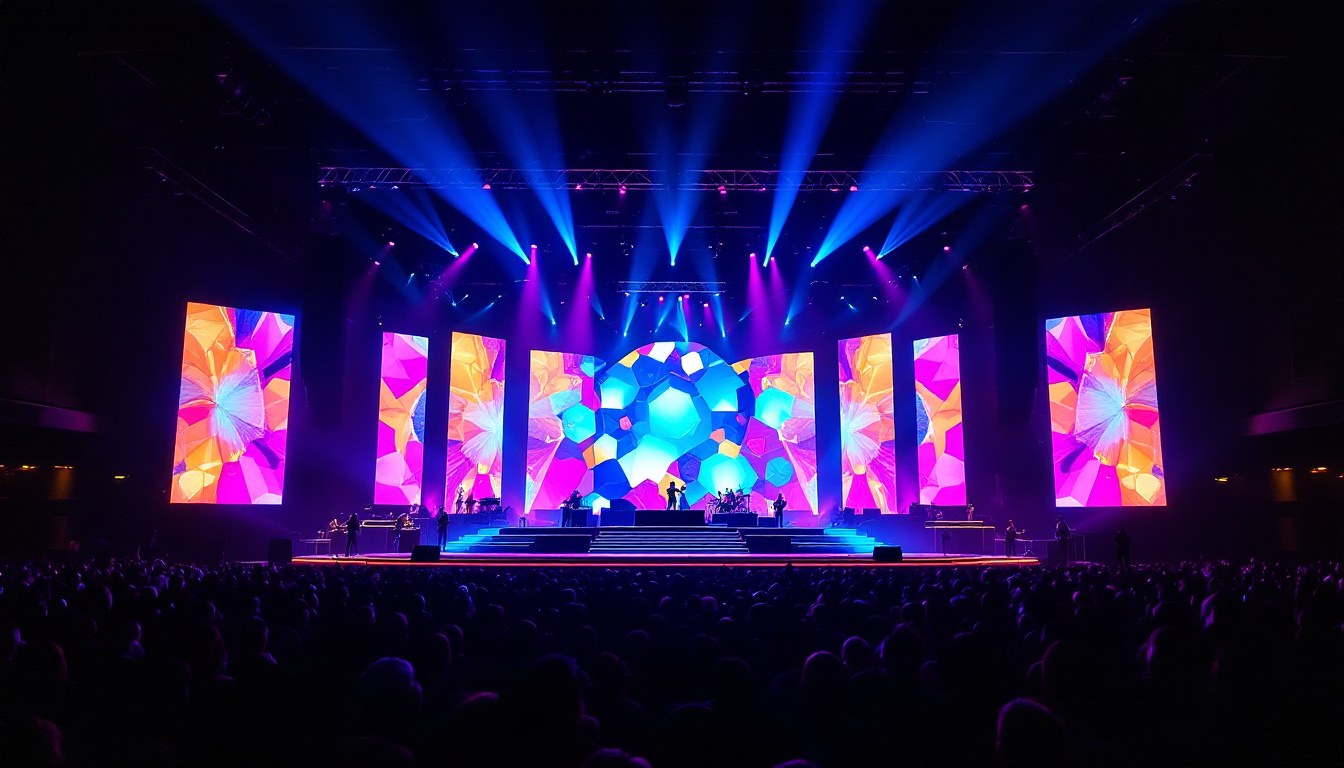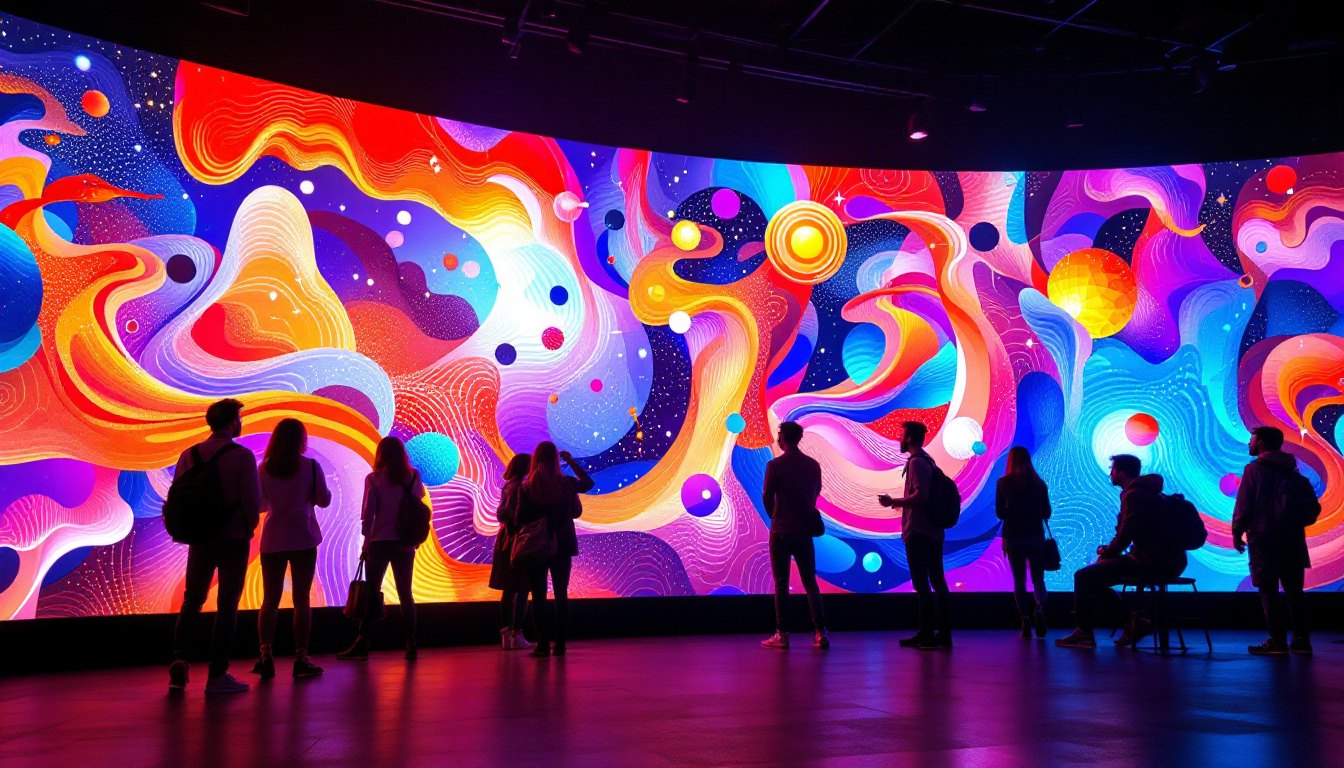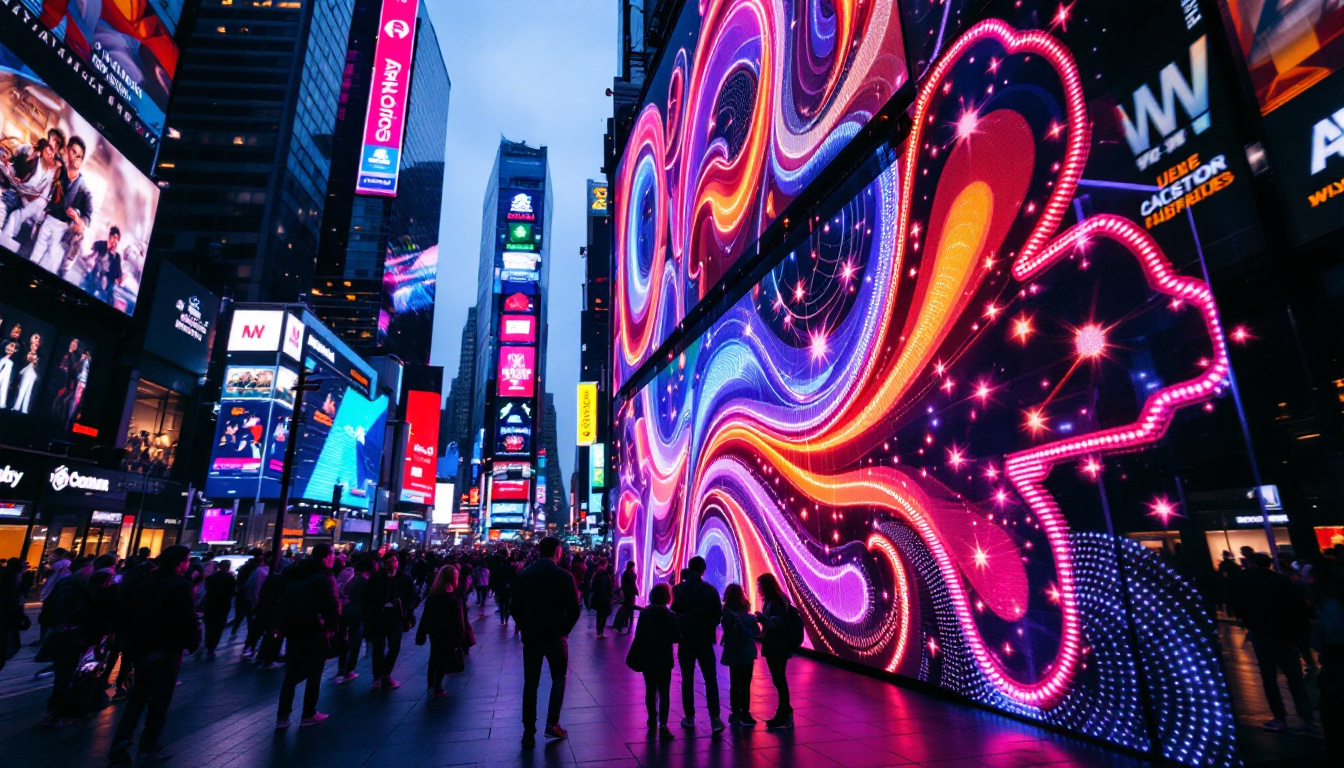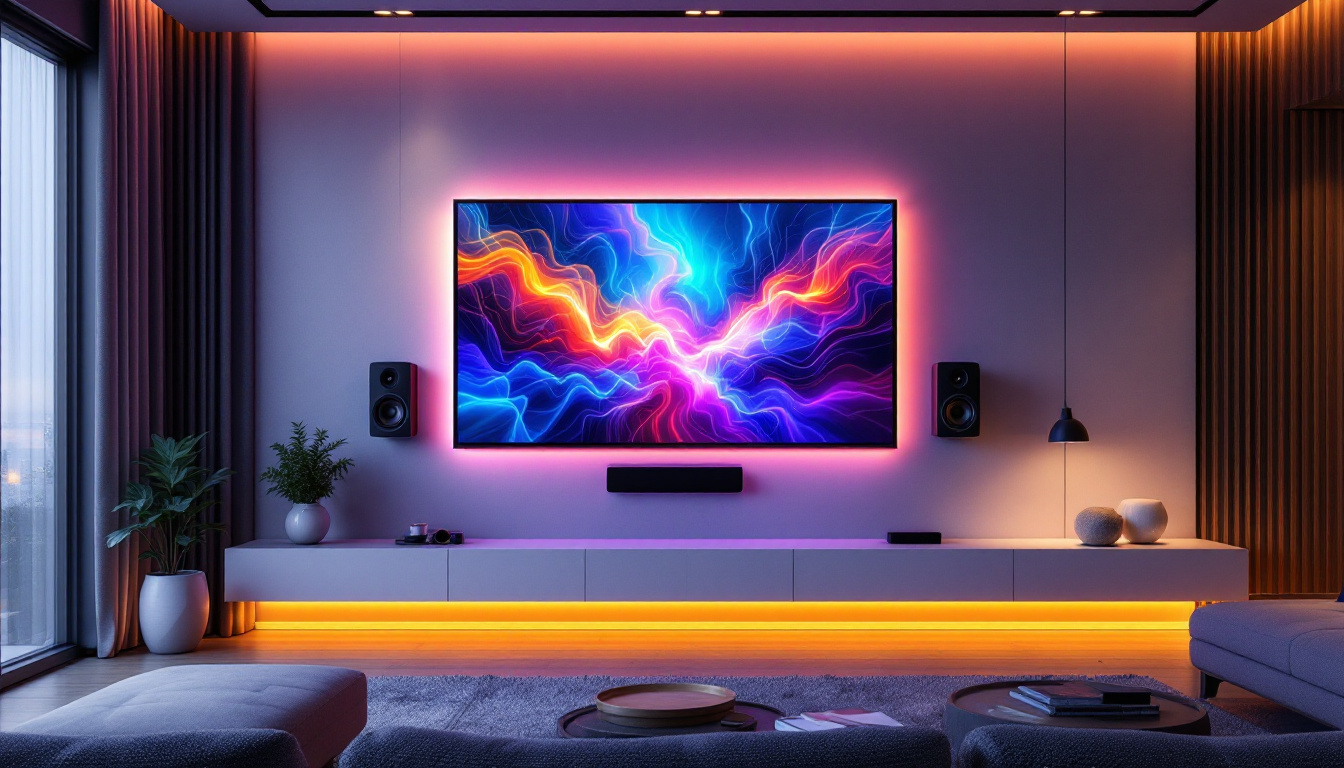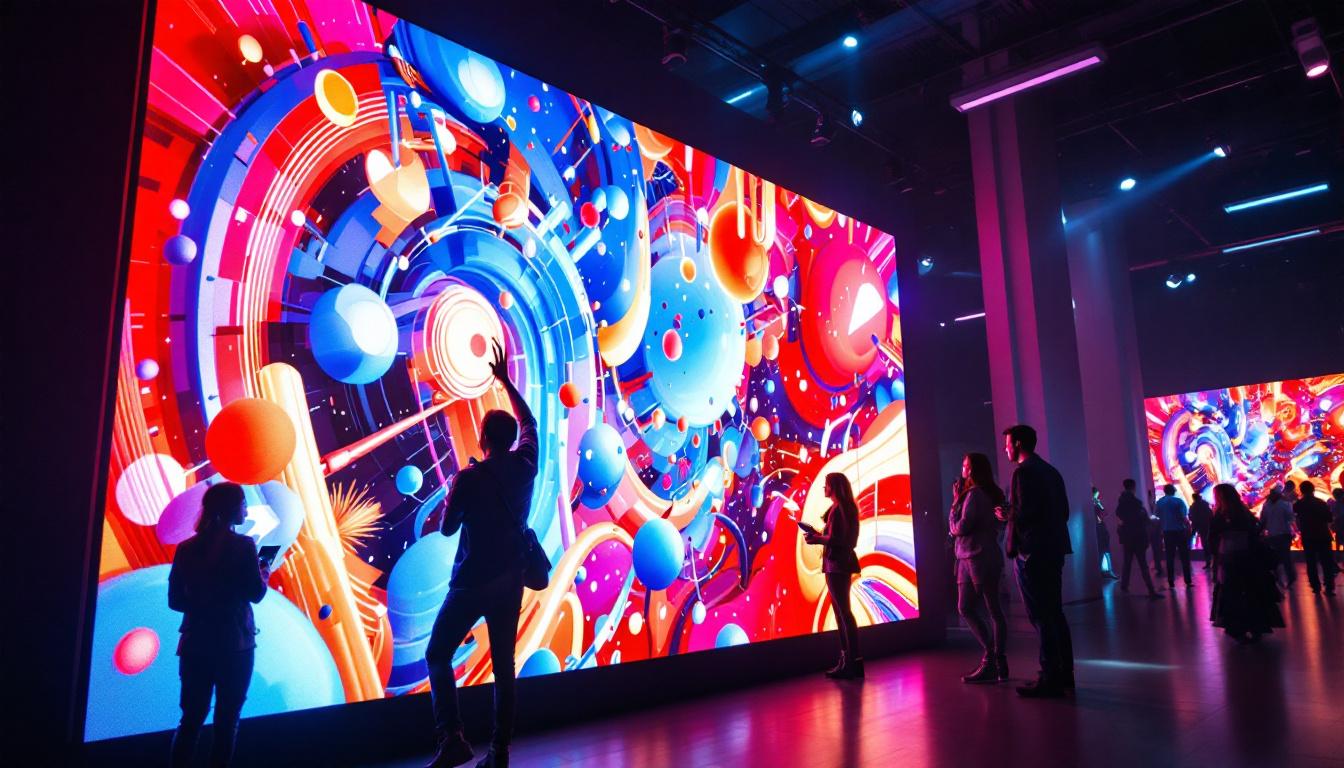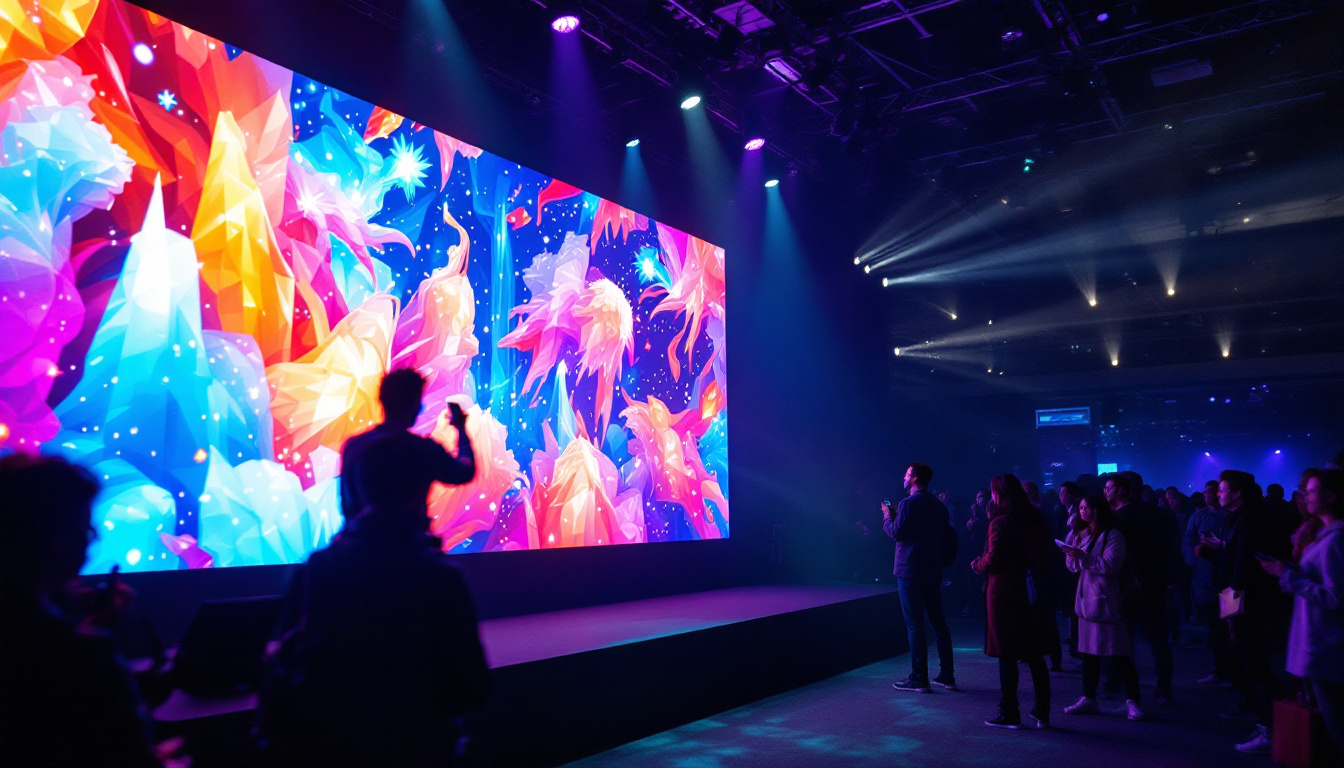In today’s fast-paced world, communication and information dissemination are crucial in various industries, especially in aviation. Flight displays, often featuring LED technology, have become an integral part of airports and airlines, providing real-time information to passengers and staff alike. This article delves into the intricacies of flight displays, focusing on LED technology, its advantages, and its applications in the aviation sector.
Understanding LED Technology
Light Emitting Diodes (LEDs) are semiconductor devices that emit light when an electric current passes through them. This technology has revolutionized the way displays are designed and utilized across multiple industries, including aviation. The compact size, energy efficiency, and brightness of LEDs make them ideal for flight displays. With the increasing demand for more efficient lighting solutions, LEDs have become the standard choice for both indoor and outdoor applications, providing not only illumination but also enhancing the aesthetic appeal of environments.
How LEDs Work
LEDs operate on a simple principle: when electrons move through a semiconductor material, they release energy in the form of light. This process is known as electroluminescence. The color of the emitted light depends on the materials used in the semiconductor. For instance, different combinations of gallium, arsenide, and phosphor can produce a spectrum of colors, from red to blue and beyond. The efficiency of this process is remarkable; LEDs convert a higher percentage of electricity into light compared to traditional bulbs, resulting in less wasted energy and heat.
One of the key advantages of LED technology is its longevity. Unlike traditional incandescent bulbs, which can burn out quickly, LEDs have a lifespan of tens of thousands of hours. This durability makes them particularly suitable for environments like airports, where displays must operate continuously and reliably. Furthermore, the low maintenance requirements of LEDs contribute to reduced operational costs, allowing airports to allocate resources more effectively. The ability to withstand extreme temperatures and vibrations also makes LEDs a preferred choice for outdoor installations, ensuring that they perform well in diverse weather conditions.
Types of LED Displays
LED displays come in various forms, each tailored for specific applications. In the context of flight displays, the two most common types are:
- Monochrome Displays: These displays typically show information in a single color, often green or red. They are straightforward and cost-effective, making them suitable for basic flight information such as gate numbers and departure times. Their simplicity ensures that crucial information is conveyed quickly and effectively, which is vital in high-traffic environments like airports.
- Full-Color Displays: Utilizing RGB (Red, Green, Blue) technology, these displays can showcase vibrant images and videos. They are ideal for more complex information, such as flight updates, advertisements, and airport promotions. Full-color displays not only enhance the visibility of important data but also engage passengers with dynamic content, creating a more informative and enjoyable travel experience.
In addition to these common types, there are also specialized LED displays designed for specific uses, such as outdoor digital billboards or large-scale video walls. These advanced displays often incorporate features like high brightness levels to combat sunlight glare, ensuring that information remains visible even in bright daylight. Moreover, with advancements in technology, some LED displays now offer interactive capabilities, allowing users to engage with the content directly, which can be particularly useful in wayfinding and customer service applications within airports.
Advantages of LED Flight Displays
LED flight displays offer numerous benefits that enhance the passenger experience and streamline airport operations. Understanding these advantages can shed light on why they have become the preferred choice in modern airports.
Energy Efficiency
One of the standout features of LED technology is its energy efficiency. Compared to traditional display technologies, LEDs consume significantly less power, which translates to lower operational costs for airports. This efficiency not only benefits the environment but also helps airports manage their energy consumption more effectively. Furthermore, many airports are now integrating solar panels and other renewable energy sources, allowing them to power these displays sustainably, further reducing their carbon footprint.
Visibility and Clarity
LED displays are known for their exceptional brightness and clarity. This is particularly important in an airport setting, where passengers need to read information quickly and accurately. The high contrast ratio of LED displays ensures that information is legible even in bright sunlight or dimly lit areas.
Moreover, LED displays can be viewed from various angles without losing image quality. This feature is crucial in busy terminals where passengers may be approaching from different directions. The ability to customize the display content in real-time also enhances the passenger experience, as airports can quickly update flight information, gate changes, and emergency announcements, ensuring that travelers are always informed and up-to-date.
Durability and Maintenance
LED displays are built to withstand harsh conditions, making them ideal for airport environments. They are resistant to shock, vibration, and temperature fluctuations, which are common in aviation settings. Additionally, the long lifespan of LEDs reduces the frequency of replacements, leading to lower maintenance costs over time. This durability is complemented by the fact that LED displays are often designed with modular components, allowing for easy repairs and upgrades without the need for complete replacements.
Moreover, the low maintenance requirements of LED technology mean that airport staff can focus on other critical operational tasks rather than spending time on display upkeep. This reliability is particularly beneficial during peak travel seasons when the airport is bustling with activity. The seamless operation of LED displays contributes to a smoother flow of information, ultimately enhancing the overall efficiency of airport operations and improving passenger satisfaction.
Applications of LED Displays in Aviation
LED displays serve multiple purposes in airports and airlines, enhancing communication and improving the overall passenger experience. Their versatility allows them to be used in various applications, from information dissemination to advertising.
Flight Information Displays
One of the primary uses of LED displays in airports is to provide real-time flight information. These displays show crucial data such as flight arrivals, departures, delays, and gate changes. The dynamic nature of LED technology allows for instant updates, ensuring passengers have the most current information at their fingertips.
In addition to basic flight information, many airports have begun incorporating additional features into their displays, such as countdown timers for boarding and visual alerts for gate changes. This enhances the passenger experience by reducing confusion and improving navigation through the terminal.
Advertising and Promotions
LED displays are not only functional but also serve as powerful marketing tools. Airports often use full-color LED displays to showcase advertisements, promotions, and airport services. The vibrant visuals can capture the attention of travelers, providing businesses with an opportunity to reach a captive audience.
Moreover, these displays can be programmed to change content dynamically, allowing for targeted advertising based on flight schedules or passenger demographics. This flexibility makes LED displays a valuable asset for both airports and advertisers.
Wayfinding and Signage
Effective wayfinding is essential in busy airport environments. LED displays can be utilized for directional signage, guiding passengers to gates, baggage claim, and other facilities. Interactive LED kiosks can also provide personalized assistance, helping travelers navigate the airport with ease.
By integrating LED technology into wayfinding systems, airports can enhance the overall passenger experience, reduce congestion, and improve the flow of foot traffic throughout the terminal.
Future Trends in LED Flight Displays
The aviation industry is constantly evolving, and LED technology is no exception. As technology advances, several trends are emerging that will shape the future of flight displays.
Integration with Smart Technology
As airports increasingly adopt smart technology, LED displays are set to play a pivotal role. Integration with mobile applications and real-time data feeds will allow for more personalized passenger experiences. For instance, travelers could receive notifications on their smartphones regarding gate changes or boarding times, which would then be reflected on the LED displays.
This level of integration not only enhances communication but also fosters a more seamless travel experience. Passengers will be able to access information in real-time, reducing anxiety and improving overall satisfaction.
Enhanced Interactivity
The future of LED displays in airports may also see a rise in interactivity. Touchscreen LED displays could provide passengers with the ability to search for flights, check in, or even book services directly from the display. This interactivity can streamline processes, reduce wait times, and enhance engagement.
Furthermore, augmented reality (AR) features could be integrated into LED displays, providing passengers with immersive experiences. For example, travelers could point their smartphones at a display to receive additional information or interactive content related to their flight.
Focus on Sustainability
As sustainability becomes a priority for many industries, airports are looking for ways to reduce their environmental impact. LED technology is already energy-efficient, but future developments may focus on using sustainable materials and manufacturing processes. This shift towards eco-friendly practices will resonate with environmentally conscious travelers and contribute to the overall sustainability goals of the aviation sector.
Conclusion
LED displays have transformed the way information is communicated in airports, enhancing the passenger experience and streamlining operations. Their energy efficiency, visibility, and durability make them an ideal choice for flight displays. As technology continues to advance, the integration of smart features and interactivity will further elevate the role of LED displays in aviation.
With the ongoing focus on sustainability and the need for effective communication in an increasingly busy world, LED flight displays are poised to remain a vital component of the aviation industry for years to come. As airports embrace these advancements, travelers can expect a more efficient, informative, and engaging experience during their journeys.
Discover LumenMatrix LED Display Solutions
Ready to experience the future of flight display technology? LumenMatrix is at the forefront of LED innovation, offering a wide array of advanced LED display modules designed to elevate your brand and captivate your audience. From Indoor and Outdoor LED Wall Displays to specialized solutions like Vehicle LED Displays and LED Sports Displays, our products are crafted to deliver unparalleled visual experiences. Embrace the power of cutting-edge digital signage with LumenMatrix and transform the way you communicate. Check out LumenMatrix LED Display Solutions today and see your message come to life with clarity and impact.

